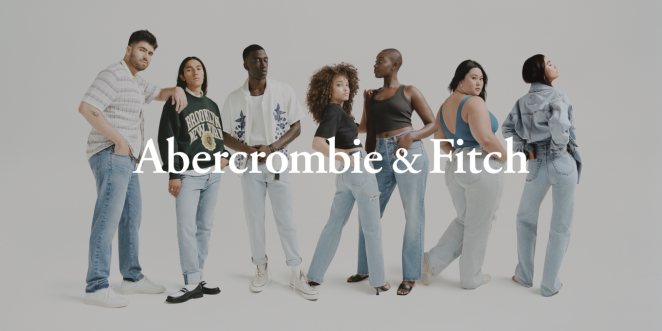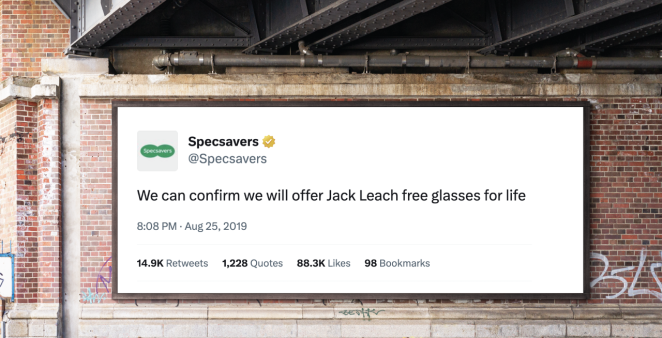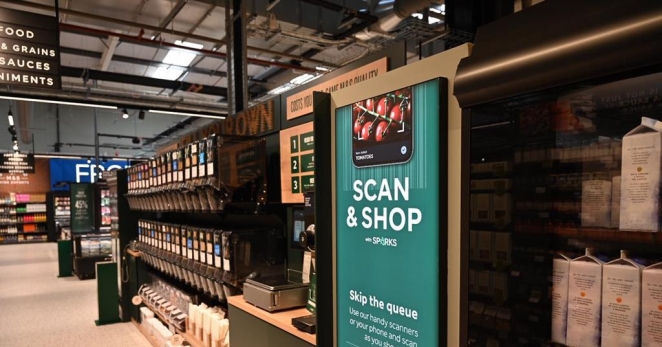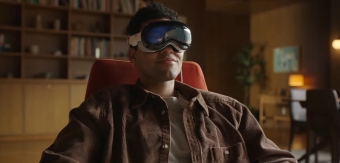Build a brand to last 100 years. That’s the dream. When challengers and upstarts put together their proposition, they think about how to create equity that outlives its makers. But what do you do when that dream comes true? And what challenges is your brand leaving behind for its marketers of tomorrow?
Brands stare down the barrel of total reinvention once in a generation – be it due to a swing in public mood, a shift in spending habits, or a rare technological revolution. Marketers have been calling it ‘the digital age’ since before digital actually dawned on us and we knew how that would look.
Now we’re in it, we can see that while digital spaces have contributed to a demand for brands to shake things up (or make way for their replacement) that hasn’t been the only catalyst behind this new age we find ourselves in.
Many things shape people’s demand for change. Some tangible, like the economic climate, and some intangible, like what’s ‘in’. So, there are many things to consider if you find yourself in a board room suddenly saying things like “should we engage in ‘brandter’?” after your brand’s managed to survive a century thus far without doing so.
Read the room and recognise when the culture changes
132-year-old Abercrombie & Fitch looks gorgeous for its age. It was once centred on sexy people shopping in the dark to club beats, or something like that. Then came the revelation that maybe making your staff stand shirtless outside the store to be ogled and objectified isn’t cool. And maybe it’s not relatable for only unattainably hot people to be seen wearing your clothes.

Because they adapted to more modern brand values, they’re now a go-to for grown-up, good-quality looks that you trust to never go out of style. The brand is living proof that you have to check in with what today’s crowd think is OK, question anything that could be called outdated, and eradicate anything outright backwards. Or how can you move forward?
Reimagine your distinctive assets
Reinvention isn’t about replacement. It’s often about translation. Figure out how to translate what’s always worked, but make modern audiences care about it the way their predecessors did under wildly different circumstances. Living legends have an advantage that savvy challengers can only dream of equity. So don’t forfeit the very thing that’s enabled the brand’s survival thus far.

Don’t bin your distinctive assets, but rethink how they work in new environments. After years of playing out in linear TV ads, Specsavers was able to keep close to culture by applying its iconic tagline to social-first reactive concepts on X, and stunts like sponsoring ‘the worst football team in Britain’.
Let your collaborators lend you some ‘cool’
Borrowing credibility from others isn’t a new concept, but this strategy won’t see you wrong if you choose carefully. The power of association means if your own meeting rooms lack diversity of thought, you can lean on the people or brands you partner with. Logically, there’s something about luxury brands that shouldn’t be conducive to cutting-edge.

They’re all about the classics. But GUCCI has mastered selective partnerships with artists, designers and influencers who let it tap into fresh thinking and create hype around its image. Its success probably has a lot to do with budgets, but it’ll also have a little to do with bravery. And Crocs isn’t historic, but it’s one whose reinvention story can teach us a lot – talk about beating the odds. Through new designs and collaborations with giants like Bieber, Balenciaga and Bape, it’s gone from fugly to firmly in fashion.
Don’t task your marketing team with polishing turds
Not every brand can be a Crocs and successfully make the same product more exciting. Beyond brand mission statements, values, and propositions – things that real people never actually lay eyes on – you must make sure that what you’re bringing to market also meets the modern audience’s needs and expectations. What you sell is so much more important than how you speak about it on social because, much as I’ve tried, even the best creatives can’t persuade people to fall in love with a tired product.
Maybe it’s my recently developed prefrontal cortex, but Marks & Spencer’s product line is killing it. It’s no longer a place where granny goes to shop. Your favourite fashion and food influencers are flaunting its clothing in their OOTDs and going viral for digging into its Chicken Caesar Dip. But those products had to exist first before M&S could join the zeitgeist.

The term ‘digital age’ connotes stasis - like we’re in it, and we’re frozen like this until the next age. But the truth about the ‘digital age’ is that demand for change and that need for new never really goes away. Every year a new public mood to check in with, every month a new format to master, and every day a new trend to jack.
These tips are just the tip of the iceberg. But if you’re after a top takeaway, the trick to reinventing a brand in this age is not doing it on a gargantuan scale once every 100 years. You must be prepared to do it on a micro level - today, then again tomorrow, and again the day after that. The good news? Everybody loves a comeback. People want to see you succeed. So, show them what they won’t expect and don’t let the speed of social scare you off.
By Eve Young, senior creator and SocialMinds podcast host at SocialChain







